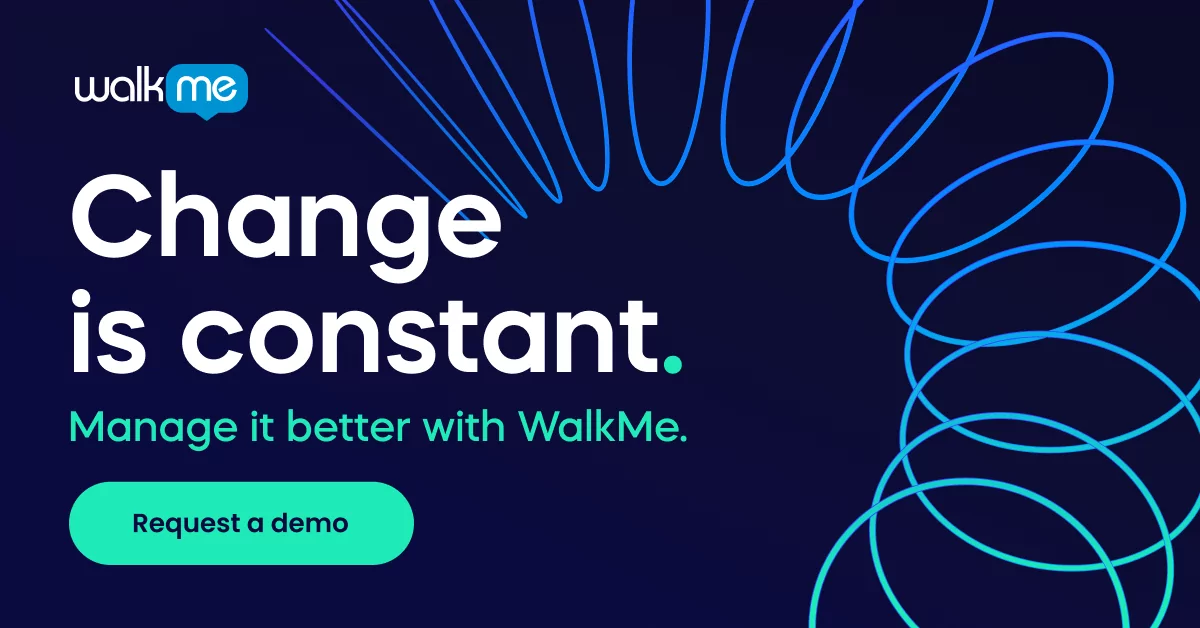To adapt to the drastic changes wrought by COVID-19, organizations have been restructuring their workplaces, their business models, and their methods for customer and employee engagement.
While the pandemic itself may be fading, the cultural shockwave it produced will continue to reverberate for years to come. In order to adapt to the “new normal,” a number of organizations are facing change head-on, beginning with laying the proper foundation in the workplace.
How has COVID-19 affected the workplace?
Although remote work is often the focus when discussing the impact of the pandemic, the workforce has needed to adjust in other ways as well.
Research from Personio, an HR platform company in the UK, suggested that a number of factors may converge to create a “post-pandemic talent drain.”
According to their findings:
- 38% of employees in the UK are likely to change roles in the next 6 or 12 months or when the economy has strengthened
- Top reasons for this impending exodus include a worsening work/life balance (23%), pay cuts or freezes (22%), or toxic workplace cultures (21%)
- 30% of respondents rated career development support as ‘good,’ versus 64% of HR professionals who feel the same
- 37% of respondents felt there were too many digital tools to use at work
- 36% felt that working across multiple tools disrupted their productive flow
These statistics highlight the fact that the digital employee experience directly affects employee metrics such as employee productivity, engagement, and retention.
They also point towards the bottom-line benefits of creating a digital employee experience that is simple, seamless, and consistent—regardless of where employees are located.
For reasons such as these, forward-thinking organizations are restructuring their workplaces in order to prevent such a flood of employee exits.
Restructuring the workplace for the 2020s
In the years ahead, many companies will adopt new policies, processes, and structures that solve modern challenges and prepare their people for any unexpected disruption.
Here are a few changes to expect as we move forward:
The hybrid office
Working from home (WFH) was something employers required of their teams in 2020. Perhaps somewhat ironically, some surveys suggest that WFH may now become a staple for employees in what they expect of their employer.
Some even prefer to quit instead of giving up remote work.
Employers who recognize the importance of meeting employees’ expectations are rewriting work policies, changing business processes, restructuring offices, and even adding new software and hardware to support the hybrid office model.
Changed workforce compositions
The structure of tomorrow’s workforce will differ in many respects from the workforce composition many of us have known.
For instance:
- Globalization has enabled companies to hire workers from anywhere in the world
- The digital skills gap is creating a talent divide both within the marketplace and within organizations
- New work arrangements, such as gig work and contracting, will become more common
In combination with the rising number of remote workers, these changes will drive a workforce composition that will require new management styles, workplace policies, and business strategies.
The composable enterprise
The shift in workplace dynamics goes hand-in-hand with the movement towards new business practices and architectures.
To counter a lack of digital dexterity in the workplace, as observed in Personio’s survey, many organizations are deploying no-code composable software, such as WalkMe’s Digital Adoption Platform (DAP). These DAPs are invisible apps that operate independently of other software and, among other things, can be used to compose, rearrange, and redesign workflows.
This composability within workflows and the workplace is a reflection of agility at the organizational level. That is, not only are companies treating workflows as modular and changeable, they are treating their entire organizations as composable.
A composable enterprise would be more open to creating new cross-functional teams or business units. This approach is flexible and more suitable for today’s uncertain and ever-changing business environment.
Alignment of HR and IT
Many organizations are recognizing that certain departments, such as HR and IT, are playing a bigger role in the employee experience, employee performance, and in the organization’s ability to perform and stay agile.
As a result, many organizations are aligning their IT and HR departments and pursuing joint programs, such as:
- Digital adoption programs aimed at simplifying software onboarding, training, and support
- Digital employee experience programs aimed at measuring and managing employees’ digital workplace experiences
- HR transformation efforts designed to improve the overall digital maturity of the HR department
Organizations pursuing these types of programs often understand that digital technology must now lie at the heart of the business, its operations, and the workplace. To keep up, it is crucial for IT and HR to work together to build a workplace and a culture that is digital-first.
Push the boundaries
For some organizations, the changes mentioned above may be significant as well as daunting—if not impossible.
Other companies may be more willing and able to adopt hybrid office models, permanent telecommuting policies, no-code composable software, and the other measures discussed above.
Regardless of where one is at on their digital transformation journey, it is important to recognize that adaptation is a necessity, not a luxury.
As we have seen, those organizations that are willing to change will attract better talent, improve their employees’ performance, and ultimately stay more relevant in today’s new digital-first world.


